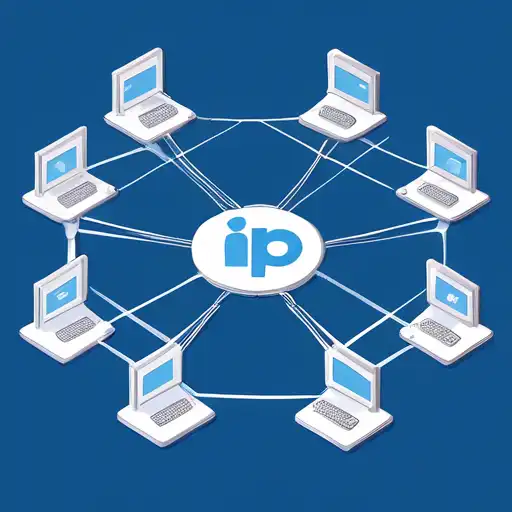Introduction to IP Addresses
In the digital world, an IP (Internet Protocol) address is akin to a home address for your computer or device. It's a unique identifier that allows devices to communicate with each other over the internet or a local network. Understanding IP addresses is fundamental for anyone looking to grasp the basics of networking.
What is an IP Address?
An IP address is a numerical label assigned to each device connected to a computer network that uses the Internet Protocol for communication. It serves two main functions: identifying the host or network interface and providing the location of the host in the network.
Types of IP Addresses
There are two versions of IP addresses in use today: IPv4 and IPv6.
- IPv4: This is the most widely used version, consisting of four numbers separated by dots (e.g., 192.168.1.1). Each number can range from 0 to 255.
- IPv6: Developed to deal with the exhaustion of IPv4 addresses, IPv6 addresses are longer and consist of eight groups of four hexadecimal digits (e.g., 2001:0db8:85a3:0000:0000:8a2e:0370:7334).
How IP Addresses Work
When you type a website's name into your browser, a Domain Name System (DNS) server translates the name into an IP address, allowing your device to connect to the website's server. This process happens in milliseconds and is a cornerstone of how the internet operates.
Static vs. Dynamic IP Addresses
IP addresses can be either static or dynamic. A static IP address remains constant, while a dynamic IP address can change. Most home networks use dynamic IP addresses assigned by the DHCP (Dynamic Host Configuration Protocol) server.
Why Understanding IP Addresses is Important
Knowing about IP addresses can help you troubleshoot network issues, set up a home network, or even enhance your online privacy and security. For instance, using a VPN can mask your real IP address, providing an additional layer of security.
Conclusion
IP addresses are the backbone of internet communication. Whether you're a budding IT professional or just curious about how the internet works, understanding the basics of IP addresses is a great first step. For more networking basics, check out our guide on Networking Fundamentals.
